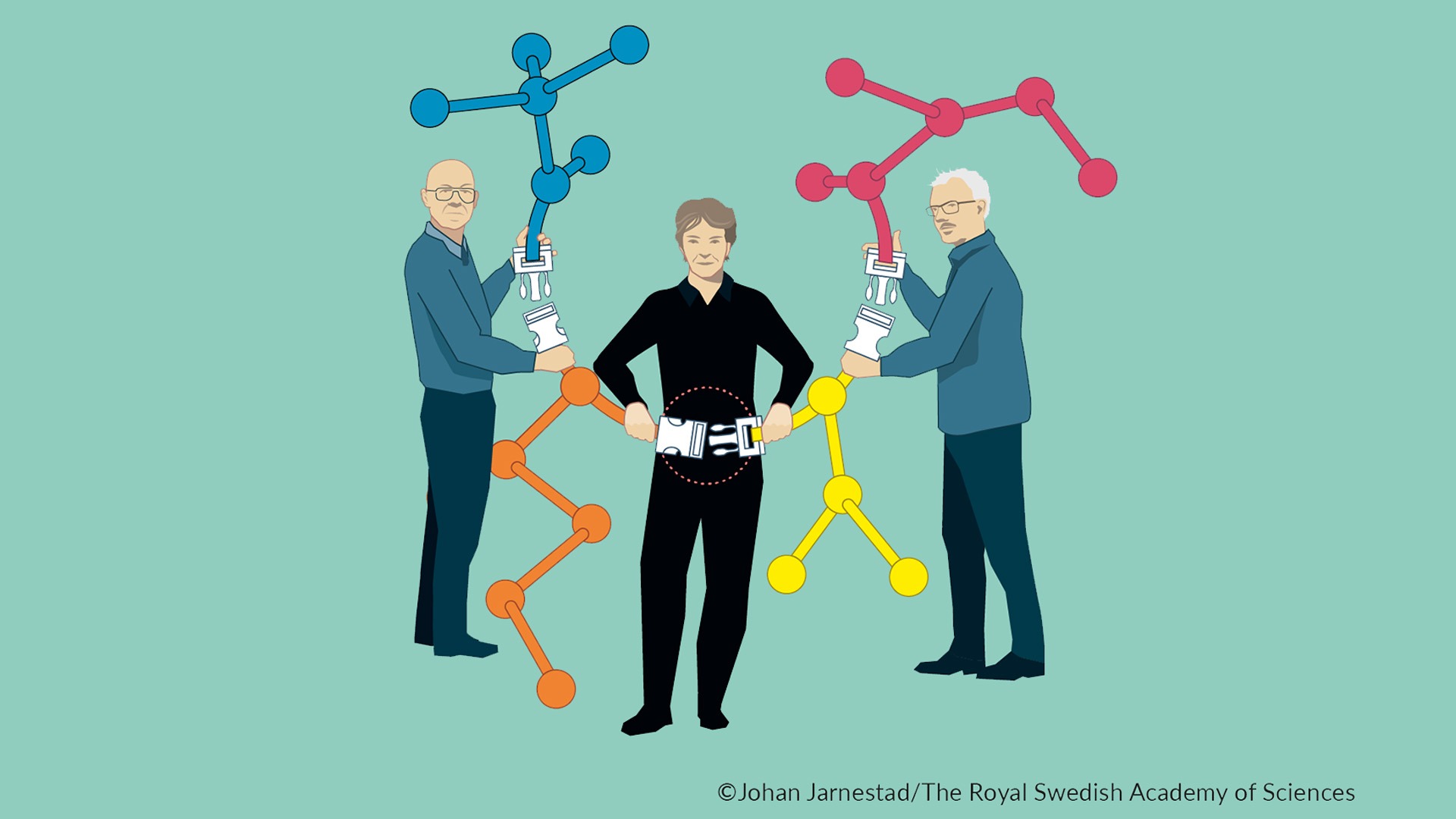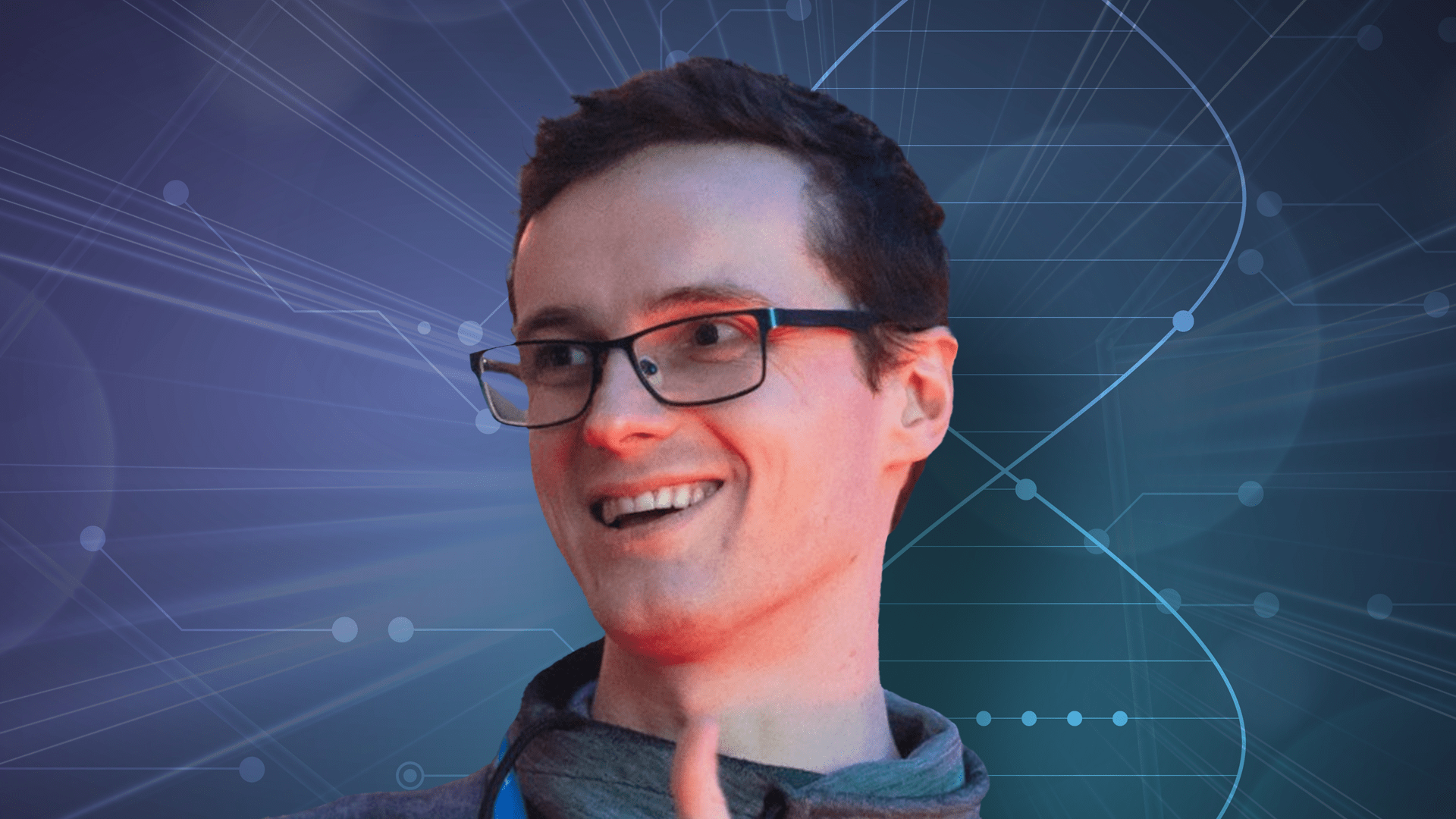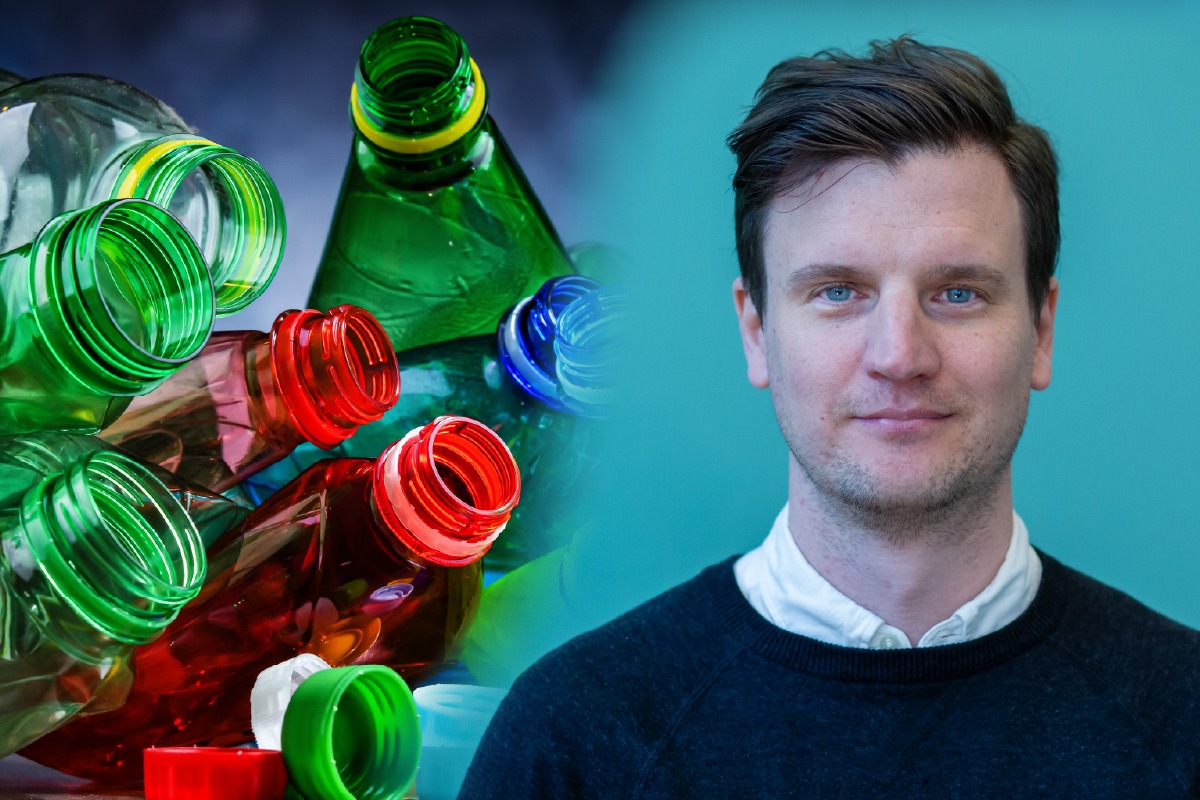Nobel Prize in Chemistry awarded for the development of click chemistry and bioorthogonal chemistry
Today, the Royal Swedish Academy of Sciences announced the decision to award the Nobel Prize in Chemistry 2022 to Carolyn R. Bertozzi, Stanford University, Morten Meldal, University of Copenhagen, and K. Barry Sharpless, Scripps Research “for the development of click chemistry and bioorthogonal chemistry”.
The Nobel Prize in Chemistry 2022 is about making difficult processes easier. Barry Sharpless and Morten Meldal have laid the foundation for a functional form of chemistry – click chemistry – in which molecular building blocks snap together quickly and efficiently. Carolyn Bertozzi has taken click chemistry to a new dimension and started utilizing it in living organisms.
Barry Sharpless, is now awarded his second Nobel Prize in Chemistry, as he was awarded the prize also in 2001 “for his work on chirally catalysed oxidation reactions”. Around the year 2000, Sharpless coined the concept of click chemistry, where reactions occur quickly, and unwanted by-products are avoided. Shortly afterward, Morten Meldal and Barry Sharpless presented what is now the crown jewel of click chemistry: the copper catalysed azide-alkyne cycloaddition. It is utilized among other applications in the development of pharmaceuticals and for mapping DNA.
”From a drug development perspective, click chemistry makes it possible to create large molecular libraries quickly and with high purity. The impact is enormous since the simplicity of the process allows scientists who lack training in organic or medicinal chemistry to perform this synthetic transformation on their own, says Per I Arvidsson, Platform Director, SciLifeLab Drug Discovery and Development Platform (DDD).
Carolyn Bertozzi for her part took click chemistry to a new level. To map glycans – surface molecules on cells – Bertozzi developed click reactions that work inside living organisms. Her bioorthogonal reactions take place without disrupting the normal chemistry of the cell.
“It is a fantastic technique with broad applications as it can be used not only on sugar – glycans – but also on other molecules, such as lipids and proteins. In our lab, we use the technique to study proteins in living mammalian cells, that cannot be visualized by other methods”, says SciLifeLab fellow Simon Elsässer, (KI).





